Announcing the Science Discovery on Main Street Grant Recipients
Main Street America is thrilled to announce the 12 Science Discovery on Main Street grant program recipients.

Marion, Iowa © Tasha Sams
We work in collaboration with thousands of local partners and grassroots leaders across the nation who share our commitment to advancing shared prosperity, creating resilient economies, and improving quality of life.

Emporia, Kansas © Emporia Main Street
Made up of small towns, mid-sized communities, and urban commercial districts, the thousands of organizations, individuals, volunteers, and local leaders that make up Main Street America™ represent the broad diversity that makes this country so unique.

Chicago, Illinois © Main Street America
Looking for strategies and tools to support you in your work? Delve into the Main Street Resource Center and explore a wide range of resources including our extensive Knowledge Hub, professional development opportunities, field service offerings, advocacy support, and more!

Waterloo, Iowa © Main Street Waterloo
Your one-stop-shop for all the latest stories, news, events, and opportunities – including grants and funding programs – across Main Street.

Kendall Whittier — Tulsa, Oklahoma © Kendall Whittier Main Street
Join us in our work to advance shared prosperity, create strong economies, and improve quality of life in downtowns and neighborhood commercial districts.
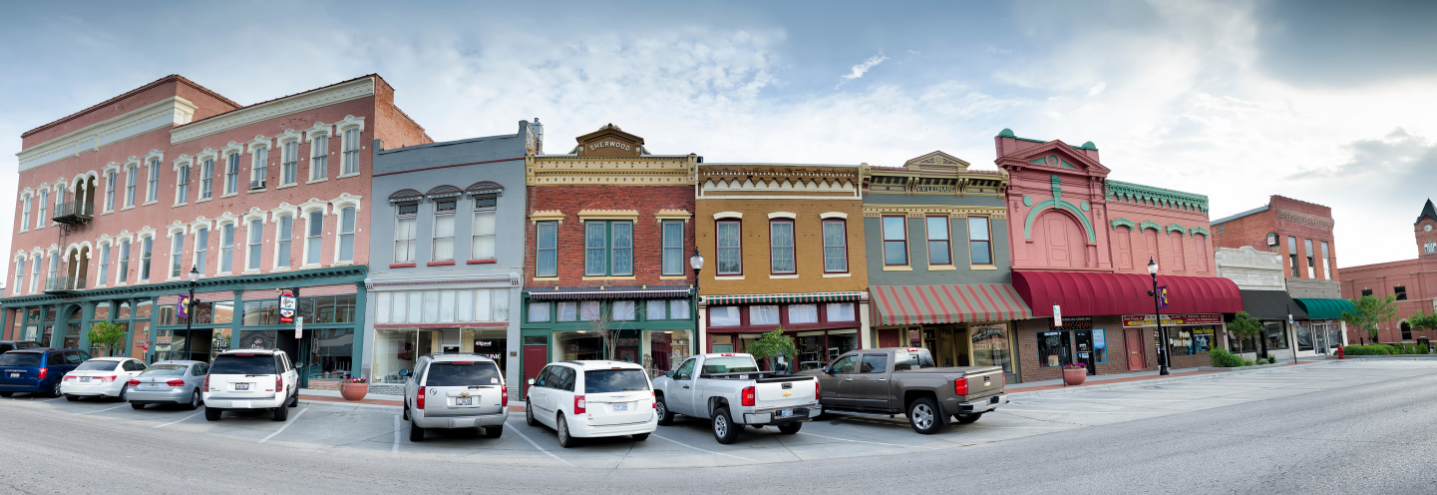
Many common building renovations in our Main Street communities have become too complicated and expensive for property owners to tackle—in no small part because of the past 100 years of layered building codes. These complications have resulted in countless buildings sitting vacant, underutilized, or deteriorating.
This issue has been under the rug for too long. Earlier this year, a special task force was created specifically to examine building codes and their application to existing buildings in America’s downtowns and historic commercial districts. We, the Association for Preservation Technology International (APT) Main Street Task Force, are working to increase education, compile examples and data, and provide recommended changes at the national level where necessary. And we want to hear from Main Street districts across the country as they try—successfully or not—to navigate complicated building codes in the hopes of creating a series of case studies to further improve these systems for our nation’s historic downtowns.
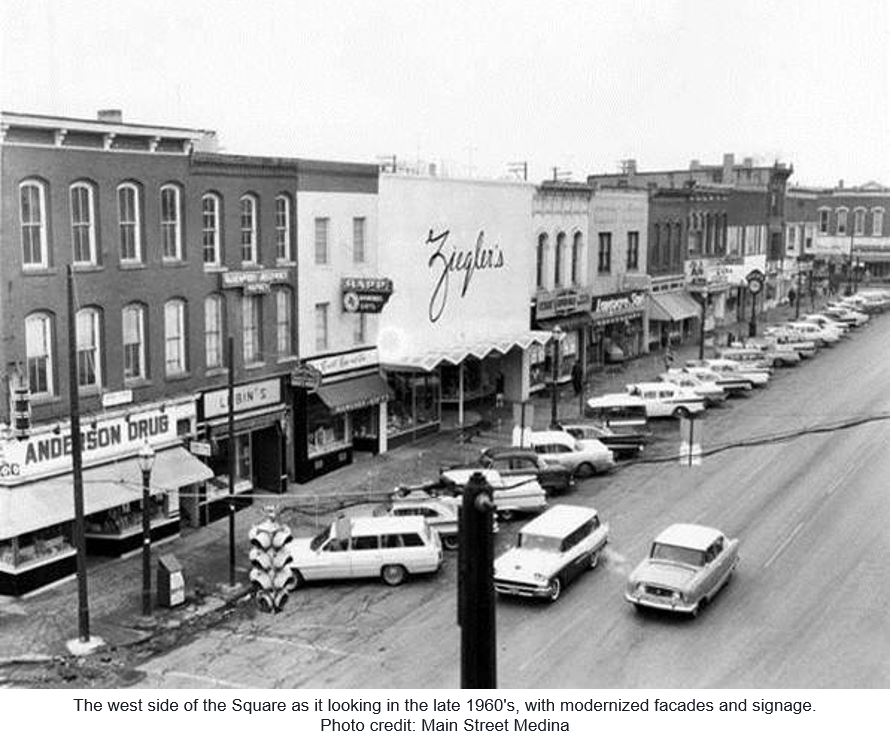
Since the turn of the 20th century, states and cities across the country have adopted building codes that assure life safety in new construction and building renovations. Major disasters such as the great Chicago Fire of 1871 and the New York textile mill tragedy in 1911 were the impetus for many of these codes. As a result, buildings were constructed of more durable and fire-resistant materials, and things such as stairways and exits were regulated.
During the late twentieth century, accessibility for people with disabilities became a priority as well. By this time, a vast majority of the building stock in America consisted of older and historic buildings, most of which were not built to current codes. When the Americans with Disabilities Act (ADA) was passed in 1990, it clearly stated that the intent was not to make every building 100 percent accessible, but to make a more accessible America, knowing that structural and historic elements would prevent some improvements. It provided guidelines for new and existing buildings, many of which were integrated into local and state building codes. In much the same way, as new technologies and materials became available that helped to make buildings safer, these things became required in all new construction and most renovation projects.
In 1997, the International Building Code (IBC) was created, and several states and many cities adopted portions of it into their codes. The problem was it treated most buildings as new construction and held existing buildings to the same criteria. Then in 2003, the International Existing Building Code (IEBC) was created to address existing buildings. This was an improvement, and some states and cities adopted much of it. Sadly, most local and state code officials still deferred back to the IBC because that is what they were familiar with. And at the same time, codes such as the National Fire Protection Administration as well as the ADA were making their requirements more stringent.
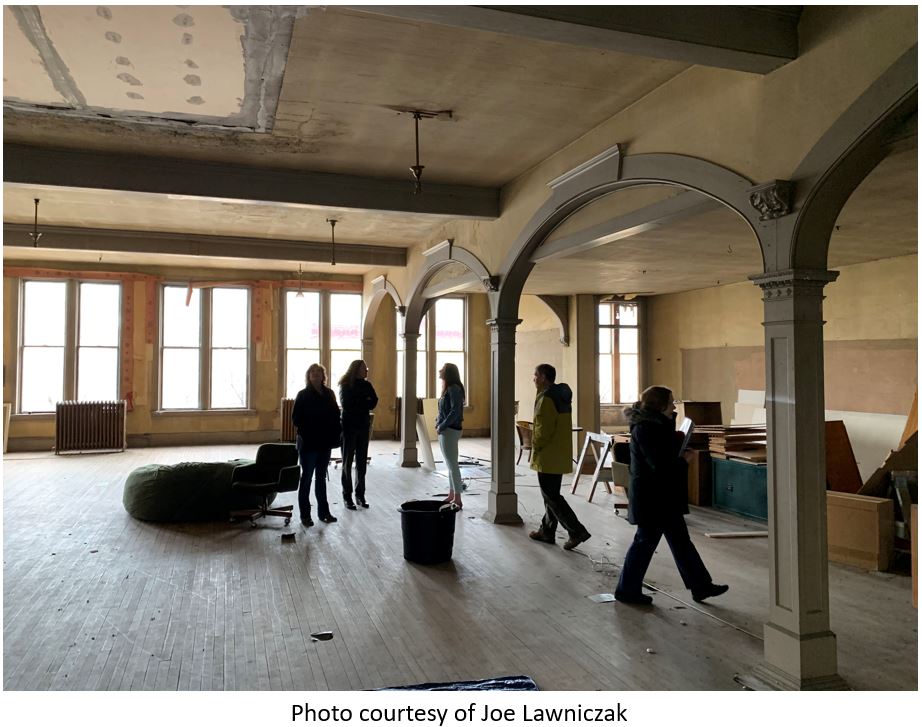
In late 2020, a group of architects and designers within the Main Street America Network began expressing their concerns about these code issues. Many of these design professionals were also members of the Association for Preservation Technology International (APT). Within APT is a technical committee that has advanced knowledge of codes and their use for existing and historic buildings for many years. This provided an ideal partnership for the Main Street designers to address their concerns.
In 2021, a special APT Main Street Task Force was created to examine building codes and their application to existing buildings in America’s downtowns and historic commercial districts. The Task Force is co-chaired by Joe Lawniczak (Wisconsin Main Street) and Mike Jackson, FAIA of Illinois, who is also the co-chair of the APT Codes & Standards Technical Committee. Several of the Task Force members are or were part of Main Street America Coordinating Programs: Jamie Crawley (Texas Main Street), Larry Lucas (Colorado Main Street), Kelly Timmerman (Michigan Main Street), Nicholas Vann (formerly Washington Main Street), and Tim Stroh (formerly Colorado Main Street). Two other members come from the broader preservation community and include Lesley Gilmore (Montana) and Marilyn Kaplan (New York).
Following some initial meetings, the Task Force developed five focus areas (Life Safety, Accessibility, Energy, Seismic, and Economic Development) with different members leading each. The overall (and ongoing) goals include education, compiling examples and data, and recommending changes at the national level where necessary.
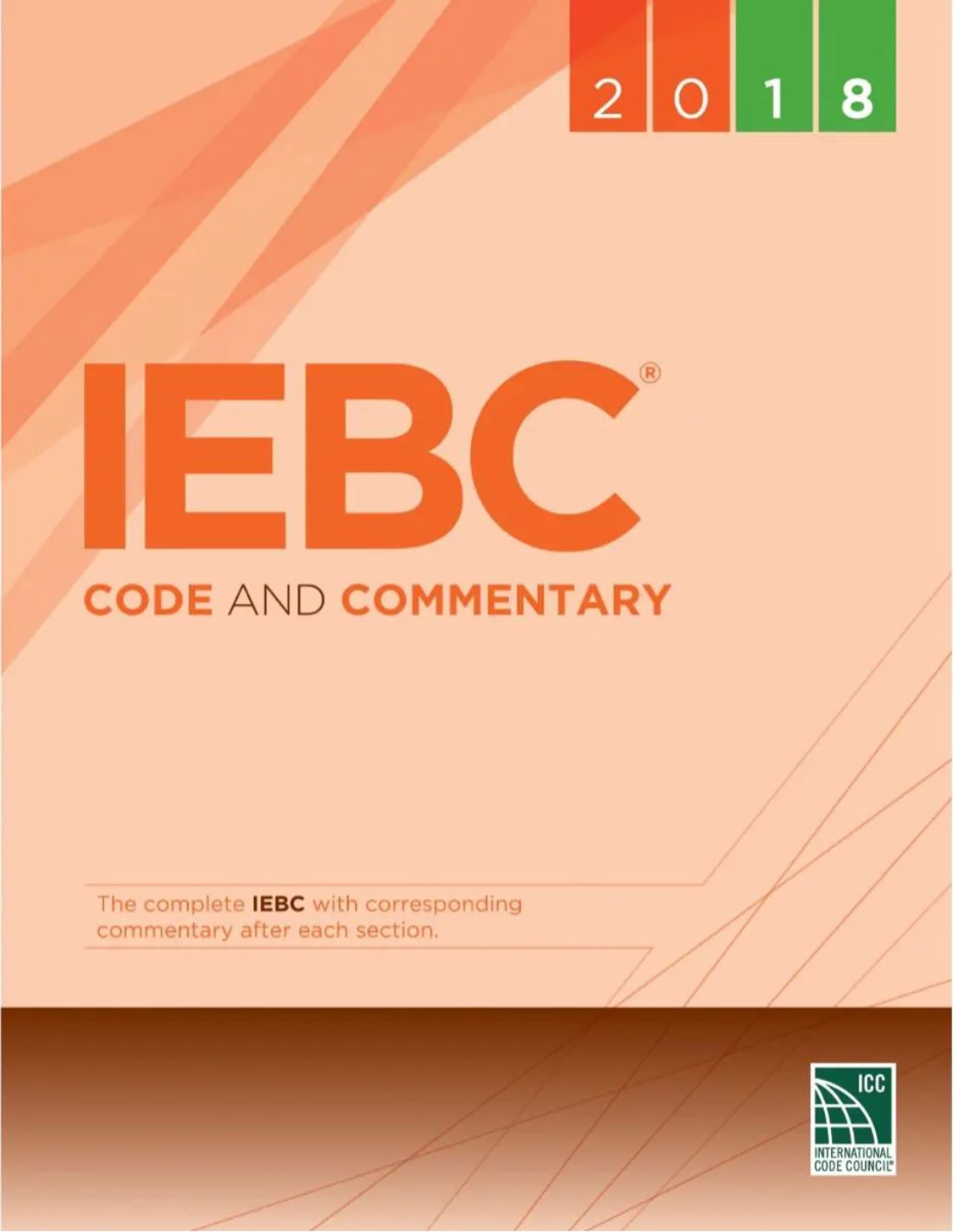
For education, the overall goal is to improve the skills of design professionals and local code officials in cities and rural communities across the United States in utilizing the IEBC. In particular, we aim to help them to understand the nuances of the three IEBC code compliance methods that architects are able to choose from (Prescriptive, Work Area, and Performance). Unfortunately, many designers and local or state code officials are not well versed in these methods and using them requires careful deliberation on their part. Existing building projects may take additional time to design and review, but the flexibility of the three compliance methods provides the best path for keeping a building as original as possible while becoming as safe as modern codes allow.
Beyond being more complex than the IBC, the IEBC is very rarely a subject of training at national and state Building Code Official trainings. This is the primary reason why the IEBC gathers cobwebs on so many bookshelves, and is the reason that education is one of the primary focuses of the new task force. In 2021, the committee received a grant from the Historic Preservation Education Foundation (HPEF) and is working with several experts across the country to develop a Building Codes and Main Street workshop for 2022 and preparing sessions for the 2023 APT Conference. Both would be open to designers, code officials, and Main Street practitioners.
In addition, the task force is creating a series of case studies for both code success stories and projects where code regulations became barriers to building renovation. These case studies will look mainly at smaller-scale (2-4 story) masonry buildings typically found on Main Street. Special emphasis is on the development of vacant and under-utilized upper floors, especially how the existing conditions and first floor uses affect their renovation from a code standpoint.
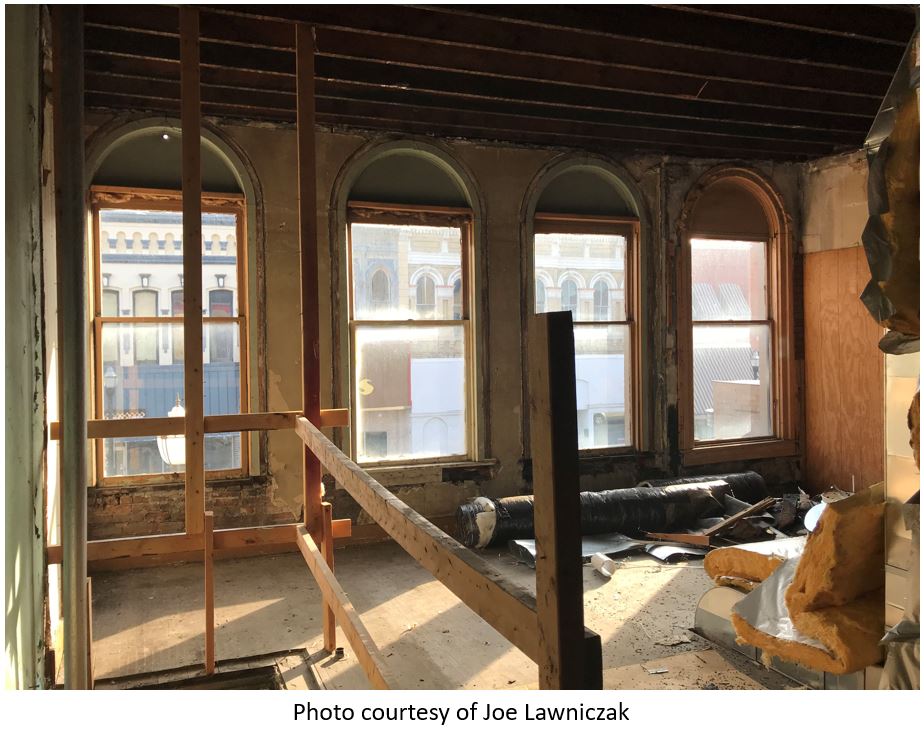
This is where we need you. We are looking for examples of how the building code that was used either made the reuse and rehabilitation overly confusing, burdensome, and costly, or how these issues were accommodated and resulted in a successful renovation. We would like you to send us a message with a little information on what happened, including the process of working with the local code official. We can then take it from there.
And lastly, we’re always searching for state and local designers and code officials who do a great job of utilizing the IEBC. If you have someone locally who fits this description and are willing to share their contact information with us, it will help us to expand our network of professionals and strengthen our efforts at education and recommending code changes at the national level.
Please submit case studies or contacts to the APT Code Taskforce Co-Chairs: Mike Jackson (arch419@aol.com) and Joe Lawniczak (joseph.lawniczak@wedc.org).